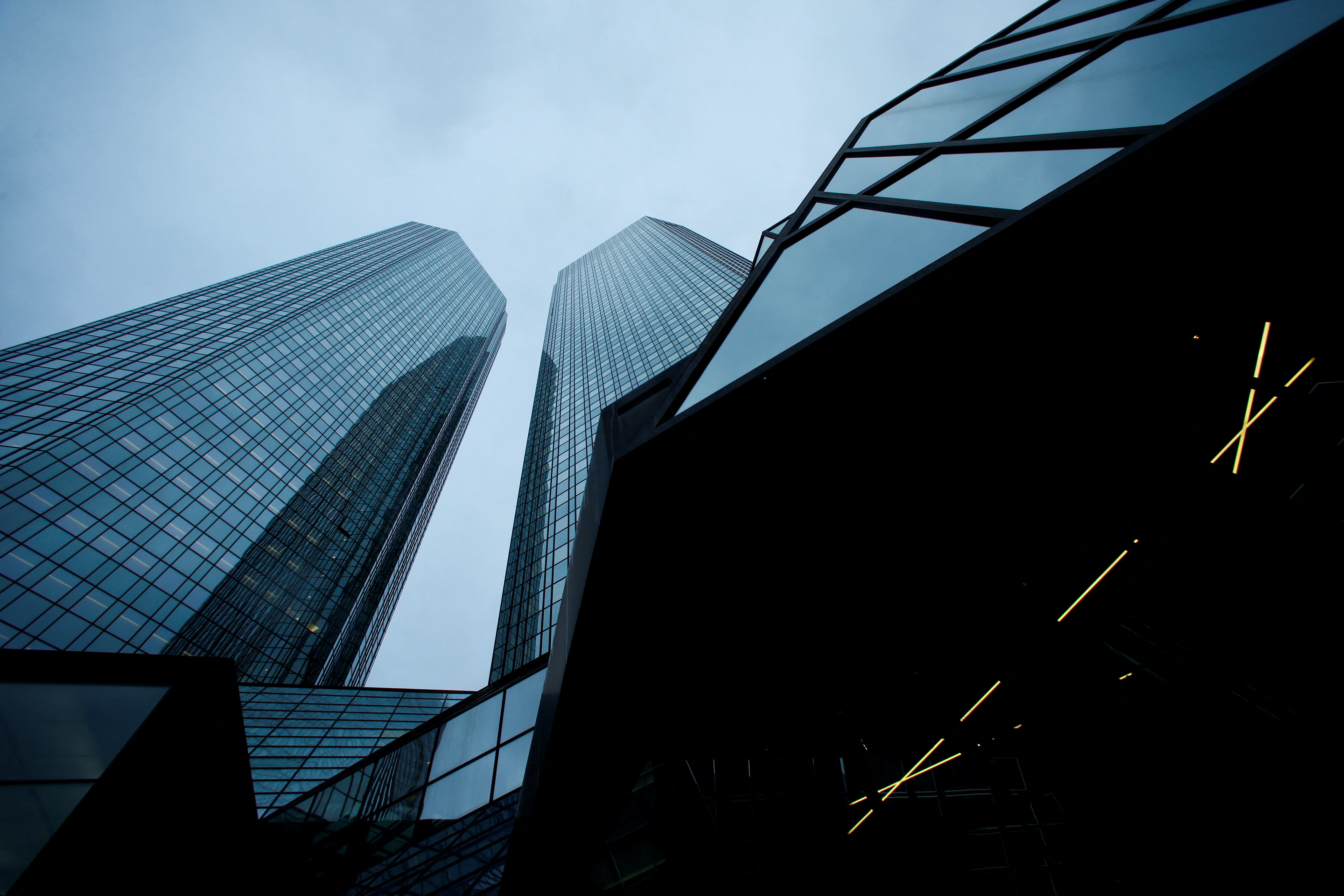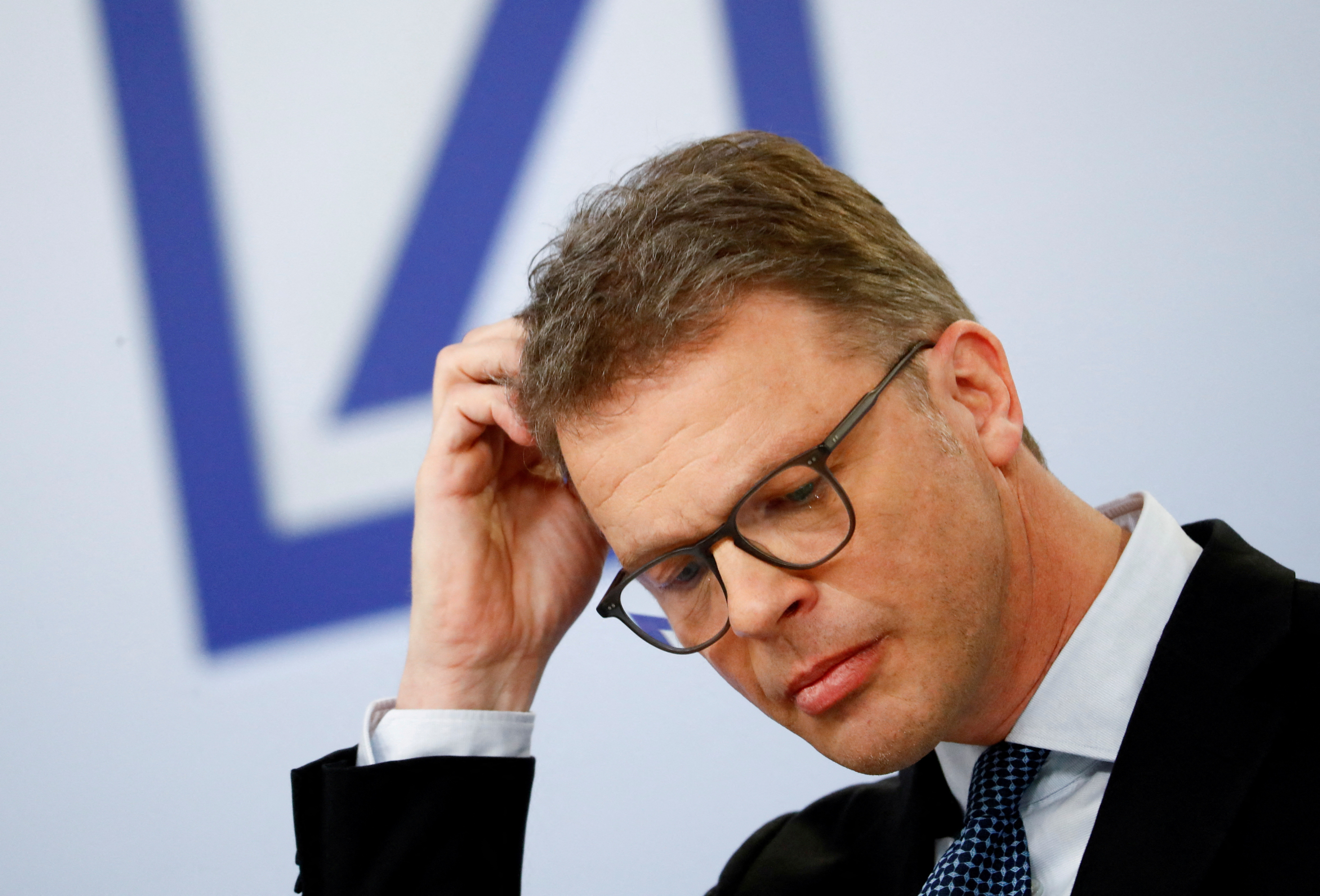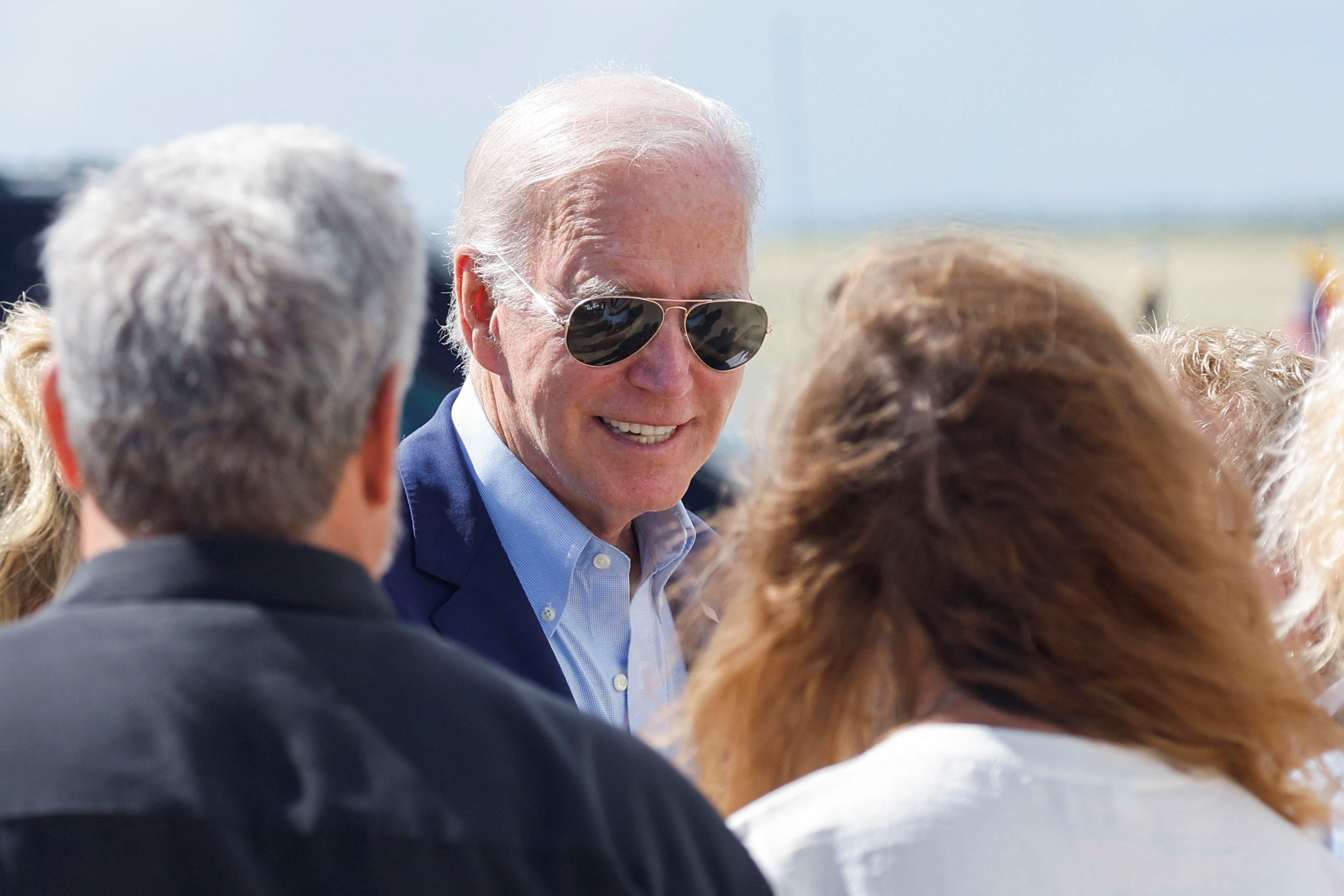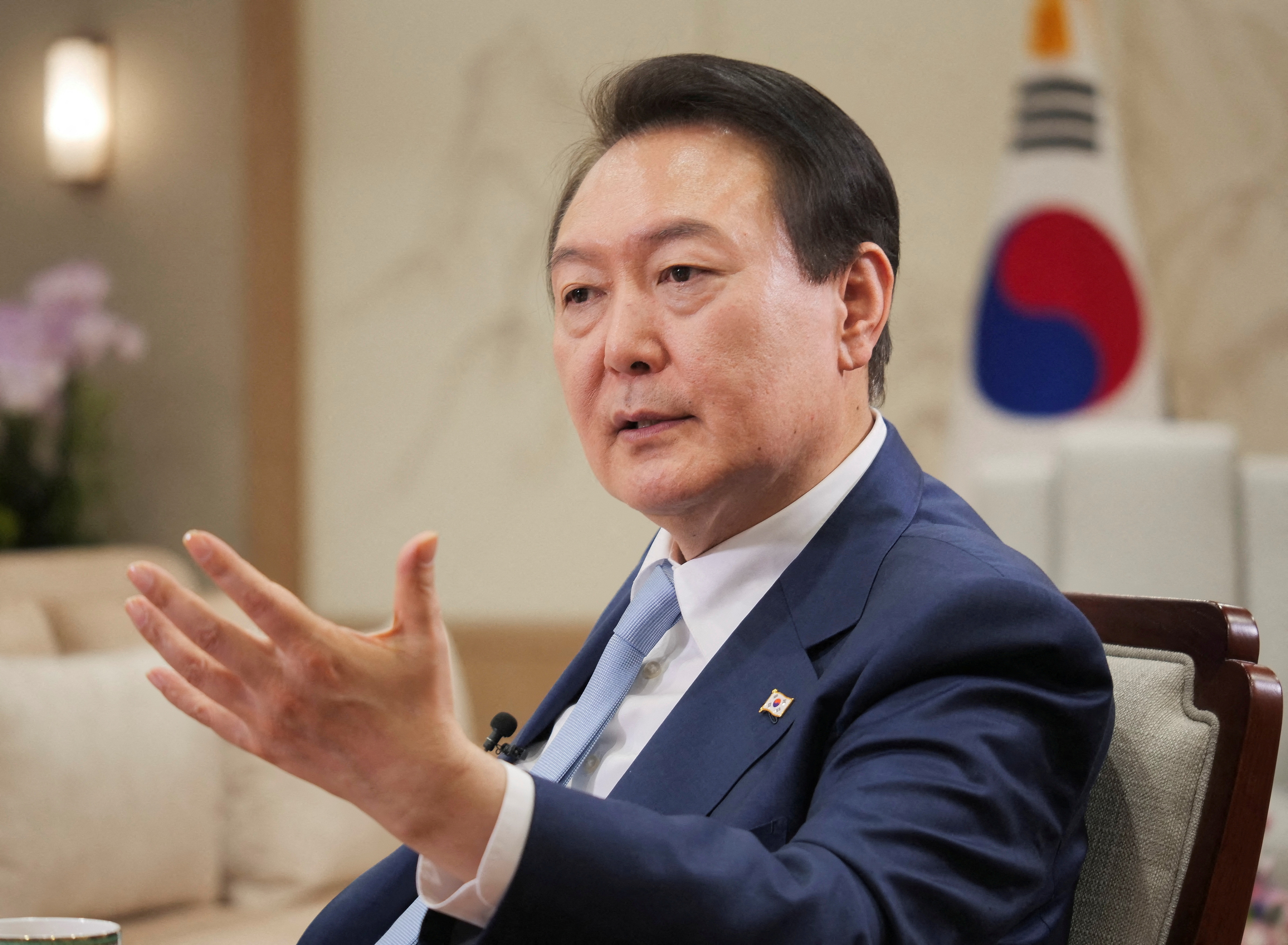And so farewell, Charlie Baker, worst governor in the history of the Commonwealth of Massachusetts.
Granted, he’s not likely to hold that worst-ever title for long. Maura Healey is more than likely to continue the downward spiral – these days that’s the way everything rolls in Massachusetts, downhill, from bad to worse to still worse yet.
For the last few days, you’ve had to wade through (or more likely, just avoid) all the slobbering puff pieces about “the most popular governor in America.”
Give me a break. Oddly, none of these hagiographies could cite one concrete accomplishment of these last eight benighted years, other than the one they refused to bring up — his son A.J. beating the rap on his alleged groping of a young woman on that infamous Jet Blue flight back in 2018.
You already know how dreadfully mismanaged just about every public agency in the state has been run on his watch, and not just the MBTA. The Baker-era rot has permeated every corner of Massachusetts government, from the RMV-caused massacres of motorcyclists to the endless scandals in the State Police and so on.
But all pale in comparison to his catastrophic mismanagement of the Panic of 2020. In those fawning farewell interviews, Charlie’s alibis have been that no one could have known, or that hindsight is 20-20, or that you don’t get do-overs etc. etc.
In other words, everybody was going to the same party. Of course, that’s what you told your parents about the post-prom all-nighter, and why you needed Dad’s car keys, because all the cool kids were going.
And dear old Dad shook his head and said, “Son, if Andy jumped off a cliff, would you follow him?”
Charlie watched Andy (Cuomo) jump off the cliff, and then he followed right behind him. And all of Baker’s calamitous missteps have devastated the state, for generations to come.
It was all so avoidable. Govs. Ron DeSantis and Brian Kemp didn’t fall for Fauci’s folderol. Even Jared Polis of Colorado – a Democrat – was less hysterical than Charlie.
Baker claimed he was just following “the science.” Yeah, the political science. Just like all Democrats, he was willing to do anything to get rid of Trump, by whatever means possible.
Charlie had to make all sorts of impactful decisions at the height of the hysteria. And in every one of his imperious executive orders — lockdowns, school and church closings, shutting down Main Street mom-and-pops while the big-box chains remained open, those preposterous curfews (an extra hour on weekends!), firing state employees who refused the untested vaccinations – he got everything exactly 100 percent wrong.
He ruined a generation of school kids, for no reason whatsoever given that they weren’t going to die from the virus. At least a third of the state’s restaurants are gone. The flight of taxpayers now rivals those of California and New York.
And in those COVID-related areas where his intervention might have saved lives, he was totally MIA.
For instance, would it have been too much for him to have appointed someone to run the Holyoke Soldiers Home who wasn’t an unqualified hack, who hadn’t given him and his dreadful lieutenant governor Karyn “Pay to Play” Polito a total of $1950?
If Charlie was so appalled by what was happening in the nursing homes his own Department of Public Health (DPH) had neglected to regulate, what didn’t he give back that $52,000 the long-term-care fat cats had lavished upon him?
Instead, all he did was have the DPH finagle the stats on nursing-home deaths, to make himself look slightly less incompetent.
The reality is, Charlie’s COVID insanity beggared the working people of this state, forcing them to flee the economic ruin he’d inflicted on them. And at the time he was simultaneously enriching the Democrat hackerama with what amounted to a two-year paid vacation, complete with big pay raises for staying home and not working.
Thanks Charlie.
You can argue that the Panic was beyond Baker’s power to control, but there’s one disaster that could have totally been avoided, and that’s the utter destruction of the Massachusetts state Republican party.
As you’re aware, the state GOP just suffered through its worst elections since 1854. This GOP debacle was engineered by two bust-out ex-state reps, Jim “Jones” Lyons and Geoff “DoorDash” Diehl.
They both retired from elective politics in 2018 due to ill health – the voters got sick of them.
Charlie’s been around the State House his entire adult life, so he understands better than most that almost everyone who’s been a rep for more than three terms is pretty much unemployable.
Charlie’s mistake was not taking care of these two loafers. I’m sure DoorDash could have been bought off with a $150,000 coat holder’s job in say, Labor. Labor’s always a nice dumping ground for hacks who need a job, as opposed to work. Consider the career of Marty Walsh.
Or Charlie could have interred Lyons and Diehl in some deserted courthouse, doesn’t matter which one. Outside the cities, nobody ever goes to work in any of them anymore, especially since the Panic.
Look at Ed Teague, former rep on Cape Cod — $174,532 a year as clerk magistrate. Hey, I’ll bet either Jones or DoorDash would have been happy to settle for being a first assistant clerk magistrate. Like, for instance, Charlie King – and he was never in the legislature, just on the GOP state committee, like them. Forgotten, but not gone, for $145,734 a year.
Charlie’s defense could be that no state party committee has ever been considered more than a legal apparatus for moving money around among party factions, benefactors and candidates.
Until Jim Jones Lyons, nobody had ever dreamed of using a state committee in the same way a terrorist uses a suicide-bomb vest – on their own party no less. But that nightmare has occurred and now the state GOP is on life support, and the income tax has been raised 80 percent.
And the fact is, Charlie does – did — know how to play the patronage game. On his way out the door he took care of two GOP state reps who lost their races in the wake of the Lyons-Diehl putsch.
Alas, ex-Rep. Shawn Dooley will make a mere $10,688 on the Civil Service Commission, and Tim Whelan gets zero on the Mass DOT board of directors.
Thanks Charlie!
Now Charlie moves on to his $3-million retirement sinecure as NCAA president. Those same simpering valedictories all asked the question, What will Charlie do at the NCAA?
What will he do? For God’s sake, he’s a hack. What will Charlie do? He’ll cash his $60,000-a-week paycheck and laugh all the way to the bank.
While everyone who voted for him cries all the way to the poorhouse. Unless they’ve fled, or soon will flee, to Florida. Which, thankfully, is most of us.










